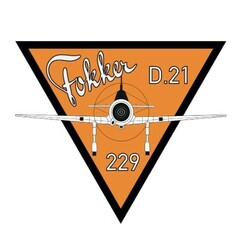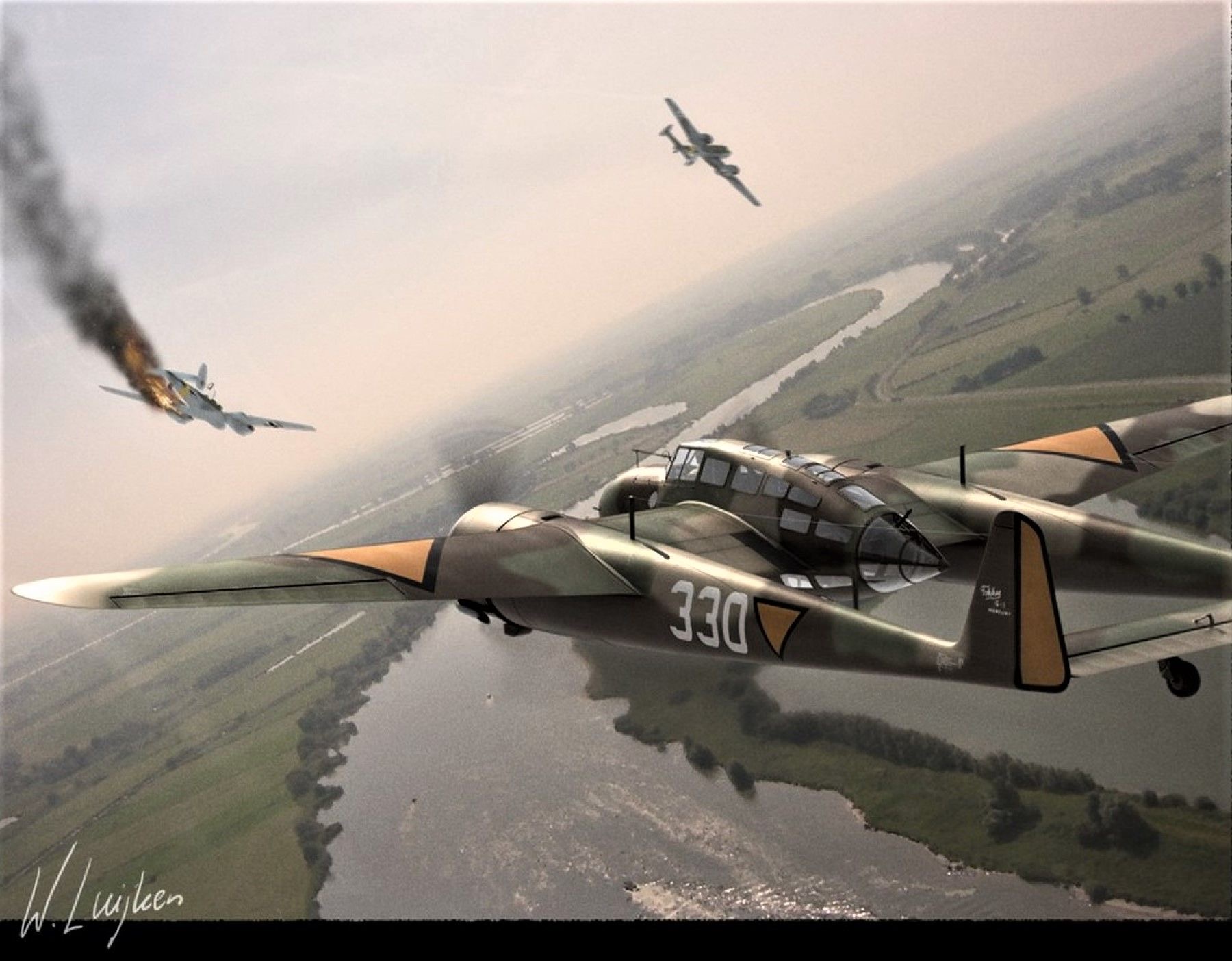-
Posts
299 -
Joined
-
Last visited
Content Type
Profiles
Forums
Events
Everything posted by BaronVonVaderham
-
Problem resolved: i was given the tip by @MadKreator to uninstall my NVIDIA drivers, and reinstall the latest drivers fresh. This did the trick. I now have butter smooth gauges! Thanks @MadKreator for the support you’ve given my! Really appreciate it
-
That’s quite amazing. Many people don’t make their designs available. I’m guessing out of fear someone will use them for a commercial endeavour. I’m happy to see some people still want to help the community, for those who are less able to make stuff.
-
I’ll probably will buy the panels from hispapanels, or PSM, as a decent laser cutter costs too much and I don’t have space for one either. Gauge bezels I’ll be printing most likely, as they don’t have backlighting. Plus I can integrate them with analog gauges that I hope to start making soon. I’m hoping the drawing set includes the bare main front panel. Otherwise I can probably use the vault and come up with something myself in fusion.
-
The stuff is amazing! How did you design the engine gauge housing that you printed? Did the drawing pack come with files or did you reverse engineer drawings for it? I’m thinking of printing them as well, and I’m curious about how to orient the print. I’m using an fdm printer (can’t have a resin printer installation where I live due to toddlers running around). I was going to print with the front side facing down, as that means no support structure required. But mature you have some insights?
-
They only twist because of friction inside the axle. So for that you can run a pipe within which the wires run. If the axle tube is wide enough you might even be able to use small bearings. in any case, there are many ways dealing with this. Everyone their own design, right? @Nikolas_A, I would love to see/hear how you handled the wires for the stepper inside the attitude ball.
-
Your solutions is really good. More elegant than the ones that use servos for pitch control. Which motors do you use? I was thinking of a nema11 for the pitch control, but not sure which nema stepper has a hollow axle. I’m assuming hollow axle steppers still need a pipe running through to protect the wiring from wearing.
-
so I already found the answer. It’s slip rings, or hollow axle steppers. Using either allows you to spin the ball in both aircraft roll directions infinitely. I think you either use a slip ring or a hollow axle stepper in your setup.it’s a nice piece of work. I Look forward to seeing your progress
-
@Snakedoc, I was thinking of getting the invites plans as well. I’m just curious about what is included. Does it include drawings for only the tub, or also front panels, side panels, center console, glareshield, ejection seat, etc? does it contain any diagrams or designs for the control panels? How about the resin parts that you showed, are the files for those included? (I noticed they sell those themselves as well)
-
Thanks! This is very useful. Do you have to have a link to the hole shaft nemas? I haven’t been able to find them. That’s an interesting solution. I wonder how they have that with the real thing at the time.
-
Impressive! I’ll be keen to follow this!
-

Anti skid versus locked wheel protection
BaronVonVaderham replied to BaronVonVaderham's topic in Military and Aviation
Soo that’s the information I found as well. And talking to various brake system engineer, they say the same. As a system engineer I conclude that the two are not different. The functions that anti skid and locked wheel protection are trying to address at the same: protect against loss of lateral control on the ground, minimise braking distance, minimise wear and tear on tyres, protect against tyre burst. And the implementation depends on the overall aircraft design, where wheel speed, air speed, and/or inertia data may be used to control brake pressure for each wheel. And the algorithms for managing brake pressure may differ for different ground speed envelopes. -
Hey guys, I’m trying to understand the difference between anti skid and locked wheel protection. soo far what I find online is that they are the exact same thing. In both cases the system determines wheel speed, and in both cases, if one wheel is off, the system dumps brake pressure for that wheel. soo if both are the sage, why are they separate functions in an aircraft?
-
I see. i found f-16 lua files for use with ikarus, but it might be just to use steamdeck controls, not intended for exporting gauges. I wouldn’t have a clue how to link the gauges in ikarus (even repurposed ones) with the f16 lua that was published. maybe I’ll need to learn to code gauges in esp32, so my LCDs don’t go to waste…
- 64 replies
-
That’s some useful stuff! I’ll keep it in mind. I’ll need to make sure size wise is going to fit indoors. I have an extractor for airbrushing models. Need to double check the specs (it’s quite wide, well over 2ft), but do you recon it would do the job?
-
I don’t think they have an angle adapter. They have an fssb adapter and a stand. Both milled out of solid aluminium. The stand may have the angle build in (though it doesn’t look like it). I’m very curious about the invictus fssb adapter though. It’s cheaper than the RS base, and looks very clean and compact. I’d like to check with them where they are with the development of the fssb adapter for the TM warthog stick. So if they responded quickly I may pop them an email with my questions.
-
Hey guys, I cannot get helios to work. the gauges stutter. So I want to try Ikarus. However, default there is no F16 profile. I found lua files, and figured out how to install ikarus, but I have no clue how to get F16 gauges, and link them to the F16 export file for ikarus that I found on an older thread. How do I create ikarus files for teh F-16, so I can pull out the relevant gauges?
- 64 replies
-
Why not go for the 13 degree angle adapter from RS instead? Another question: so what is the invictus adapter like? Has anyone used it? It should give a very realistic look with their f-16 mount. Unfortunately invictus has no technical information whatsoever on their website. Nothing about the 13 degree angle, nothing about force range, nothing about deflection, nothing about software or adjustments, nothing about anything really. they also have forever on their website that they are working on a version for the current TM sidestick. all this makes me very dubious about their support, and even makes me wonder if they still exist.
-
Haha, I may have to! unfortunately it’s not possible for 2 gimbals to have unlimited 360 degree movement in both directions, as wires for internal motors will snap off after a few winds. I’m assuming there’s a way around this, either through the use of contacts that are mobile (like brushes or an electric motor), or through limits to the adi deflection (eg 180 degrees), for at least one axle.
-
I probably should be more precise. what I meant is how the mechanical instrument works, soo I can reproduce it with physical mechanical components and stepper motors. i know the theory behind ADIs and gyro instruments and I know how they are used, but I cannot figure out the mechanical implementation of the physical mechanical instruments. Helios is not an option.
-
Does anyone have plans/drawings/instructions for building an adi? I’ve seen plenty demos, but no one is sharing building information. I’m not sufficiently mechanically inclined to figure out the mechanical construction. Obviously they cannot turn infinitely around both axes. I cannot figure out the negatives of that soo I’m looking for examples/explanation on how to construct that.
-

Helios 1.6 - Official Thread
BaronVonVaderham replied to derammo's topic in PC Hardware and Related Software
ok Helios does not work with modern high end hardware and/or dcs 2.9 I tried running with and without multithreaded, with and without mt.lua, with and without blocking (vs non-blocking), with and without vsync, aged with both Helios, dcs and nvidia a at various frequencies. I tried with a single additional monitor. I tried with the original CZ profile I think that’s all I managed to find. any last suggestions before I throw out all LCDs? -

Helios support needed
BaronVonVaderham replied to BaronVonVaderham's topic in PC Hardware and Related Software
Still trying to figure out why the gauges stutter. Only the gauges and only when there is land within view. With sky only, the gauges operate smooth.



